Plantfit
Log in / Register
Existing customer?
New customer?
Create an account to track your orders, access our customer service and, if you wish, make the most of our upcoming offers.
My Account
Hello
Shipping country and language
Your country of residence may be:
For a better user experience on our website, you can select:
Your shipping country:
Andorra
Austria
Belgium
Bulgaria
Croatia
Czechia
Denmark
Estonia
Finland
France
Germany
Greece
Hungary
Iceland
Ireland
Italy
Latvia
Lithuania
Luxembourg
Monaco
Netherlands
Poland
Portugal
Romania
Slovakia
Slovenia
Spain
Sweden
Switzerland
Language:
French
English
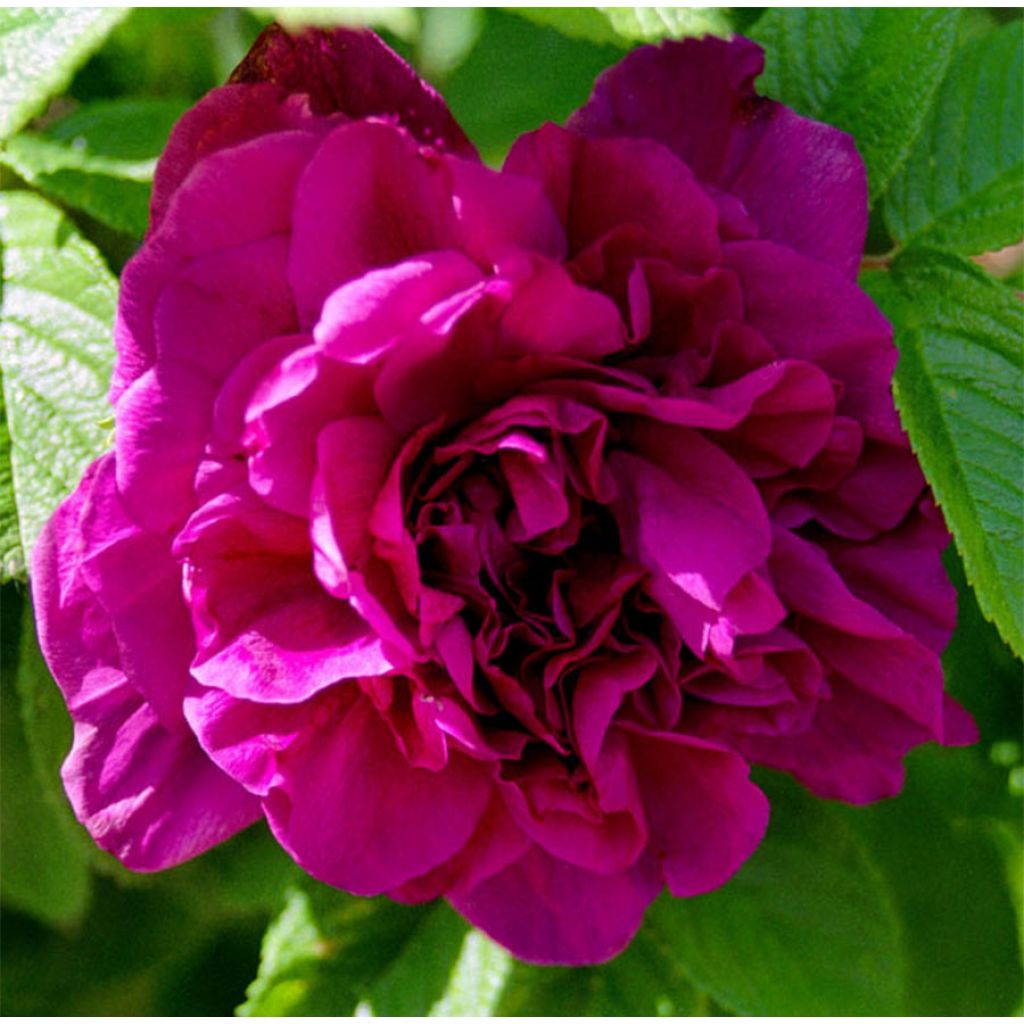

Rosier Hansa - Rosa (x) rugosa
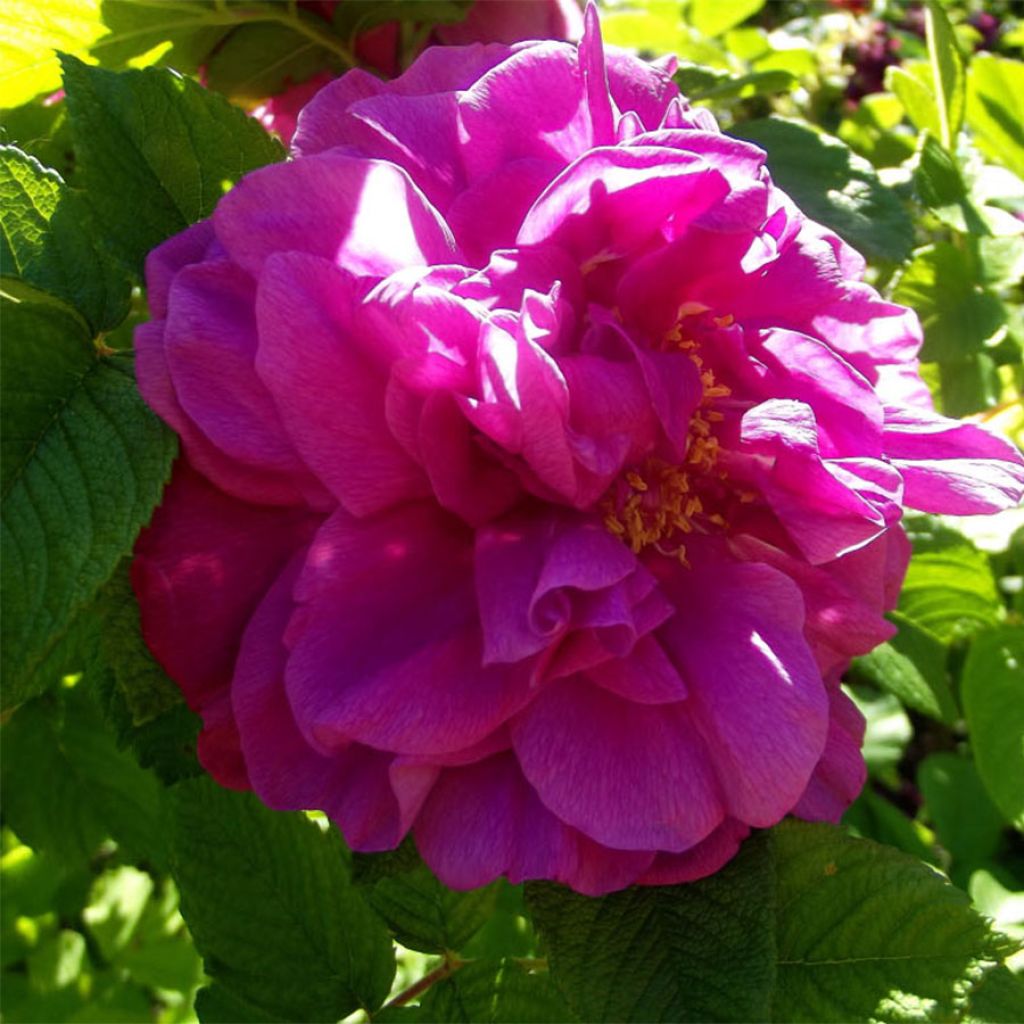

Rosier Hansa - Rosa (x) rugosa
View more pictures
Hide images
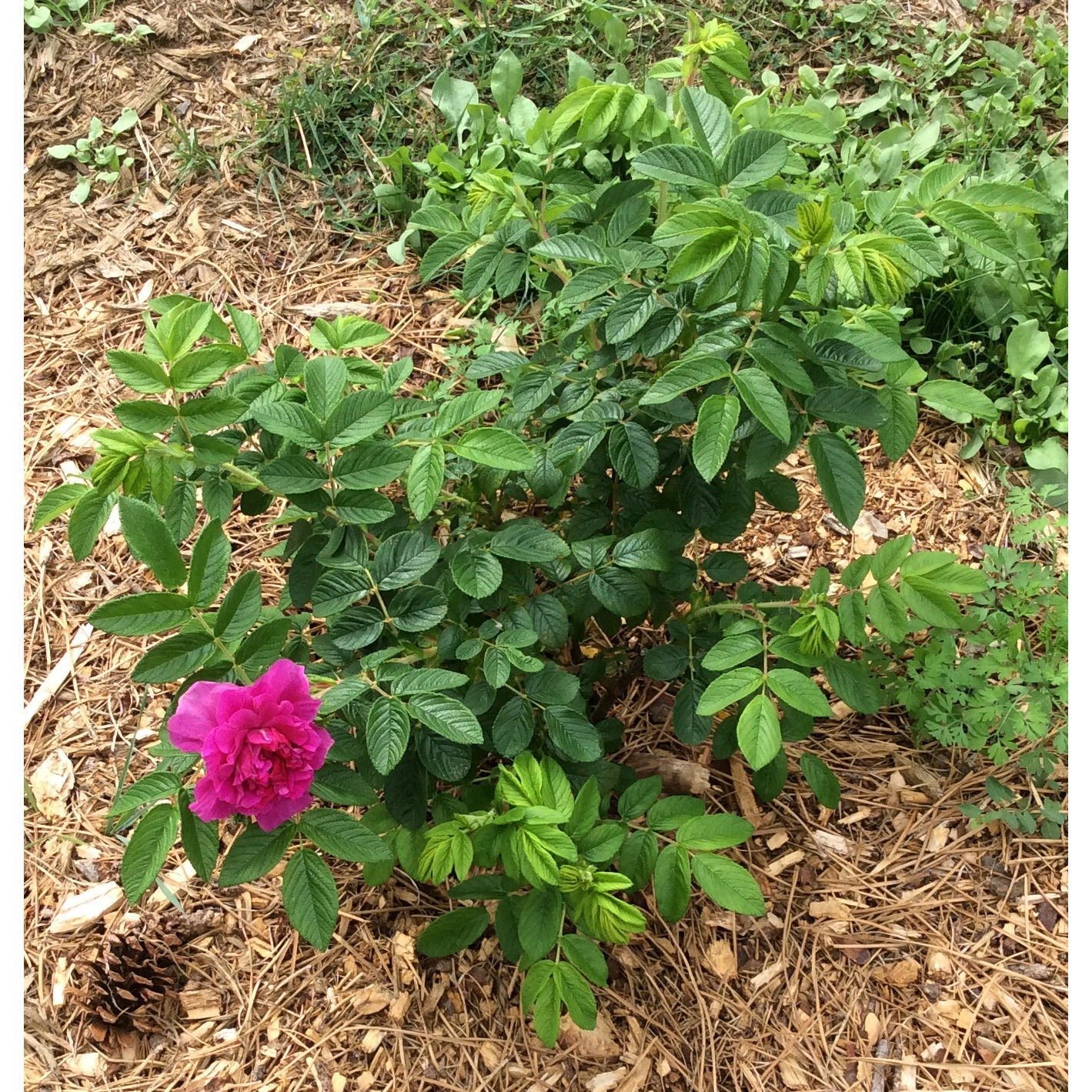
Georges R.

Rosier commandé le 25/07/2021, reçu le 28, planté le premier août
Georges R. • 56 FR
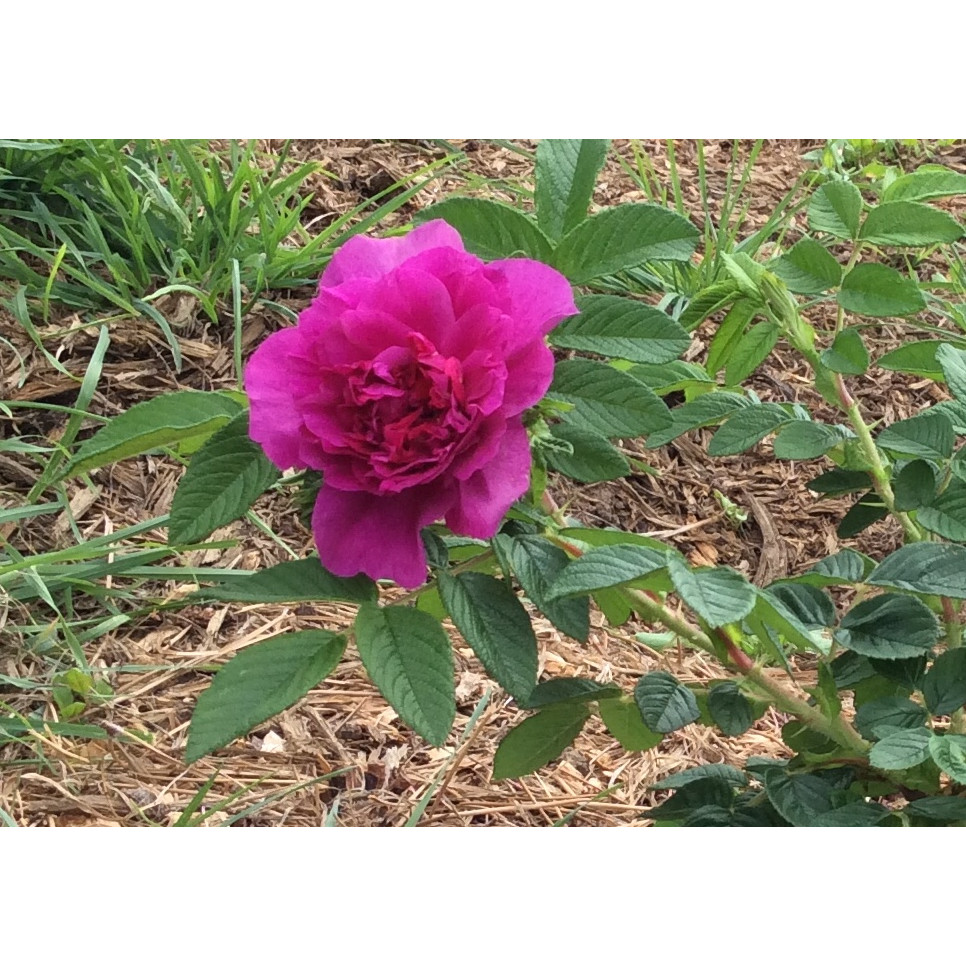
Georges R.

Fleur au 15 septembre 2021
Georges R. • 56 FR
Rosa x rugosa 'Hansa' - Rugosa Rose
Rosa x rugosa Hansa
Rugosa Rose, Japanese Rose, Ramanas Rose
Order arrived quickly. However, the packaging of the stems of the HANSA rose was too tight: 1 stem broken at the base, 1 stem completely dried out, I hope the third one will start again without too much loss of time.
Christian, 18/01/2024
Order in the next for dispatch today!
Dispatch by letter from 3,90 €.
Delivery charge from 5,90 € Oversize package delivery charge from 6,90 €.
More information
This item is not available in your country.
Shipping country:
 Andorra
Andorra Austria
Austria Belgium
Belgium Bulgaria
Bulgaria Croatia
Croatia Czechia
Czechia Denmark
Denmark Estonia
Estonia Finland
Finland France
France Germany
Germany Greece
Greece Hungary
Hungary Iceland
Iceland Ireland
Ireland Italy
Italy Latvia
Latvia Lithuania
Lithuania Luxembourg
Luxembourg Monaco
Monaco Netherlands
Netherlands Poland
Poland Portugal
Portugal Romania
Romania Slovakia
Slovakia Slovenia
Slovenia Spain
Spain Sweden
Sweden Switzerland
SwitzerlandSelect delivery date,
and select date in basket
This plant carries a 24 months recovery warranty
More information
We guarantee the quality of our plants for a full growing cycle, and will replace at our expense any plant that fails to recover under normal climatic and planting conditions.
From 5,90 € for pickup delivery and 6,90 € for home delivery
Express home delivery from 8,90 €.
From 5,90 € for pickup delivery and 6,90 € for home delivery
Express home delivery from 8,90 €.
From 5,90 € for pickup delivery and 6,90 € for home delivery
Express home delivery from 8,90 €.
Would this plant suit my garden?
Set up your Plantfit profile →
Description
The 'Hansa' Rose is a sturdy, disease-resistant shrub rose with a fearless character. Its vigour has allowed it to be planted on a large scale by landscapers tasked with designing large spaces, as it can thrive on its own once well-established. Its beautiful wrinkled and luxuriant foliage, typical of rough roses, is adorned with large, fragrant flowers in May, which are more or less double and crumpled, with a rich violet-pink colour turning to purple. The bush continues to produce roses in October alongside large, pulpy red-orange hips, which are very decorative. In the garden, it is splendid in a flowering hedge or at the back of a border.
Rosa x rugosa 'Hansa' inherits the genes of Rosa rugosa, a vigorous rose from the Far East, forming impenetrable thickets due to its dense and thorny vegetation. It is a curious botanical species, low-growing, with prolific suckering and armed with prickles, native to the eastern part of North America. 'Hansa' is a Dutch creation by Schaum and Van Tol, dating back to 1905. The plant forms a large, bushy and dense shrub, reaching a height of 1.5 to 2 metres (5 to 7 feet) with a width of 1.5 metres (5 feet). It often tends to spread laterally by suckers, making it valuable for forming impenetrable hedges. The foliage, semi-evergreen, abundant down to the base of the plant, is composed of wavy-edged, dentate leaves divided into 5 to 9 leaflets of very bright green. Its beautiful double and solitary flowers, 10 to 12 cm (4 to 5in) wide, are magenta violet, maturing to purple-lilac, and have a silky appearance. They bloom from May June to November in successive waves, favoured by rain. Their wild rose fragrance is well-structured. Its large red-orange fruits are fleshy and edible, rich in vitamin C.
Very hardy and almost maintenance-free, a must-have in a garden without a gardener. If the passion for botanical roses and their direct hybrids is not widespread, it is fully justified, especially in difficult soils or climates. These roses are not only the ancestors of our modern roses, but also generally more robust and reliable. The Rosa x rugosa 'Hansa' is a floriferous rose with beautiful exuberance, capturing attention from spring to late autumn. It will find its place in a bocage or defensive hedge, a slightly wild garden, accompanied by a mauve rose, a colour that suits its dramatic style so well. It can be accompanied by cotinus or euonymus for autumn colours, lilacs for their fragrance in spring, mock oranges for the same reason, and viburnums, which, like it, exhibit a very accommodating nature.
Rosa x rugosa 'Hansa' - Rugosa Rose in pictures
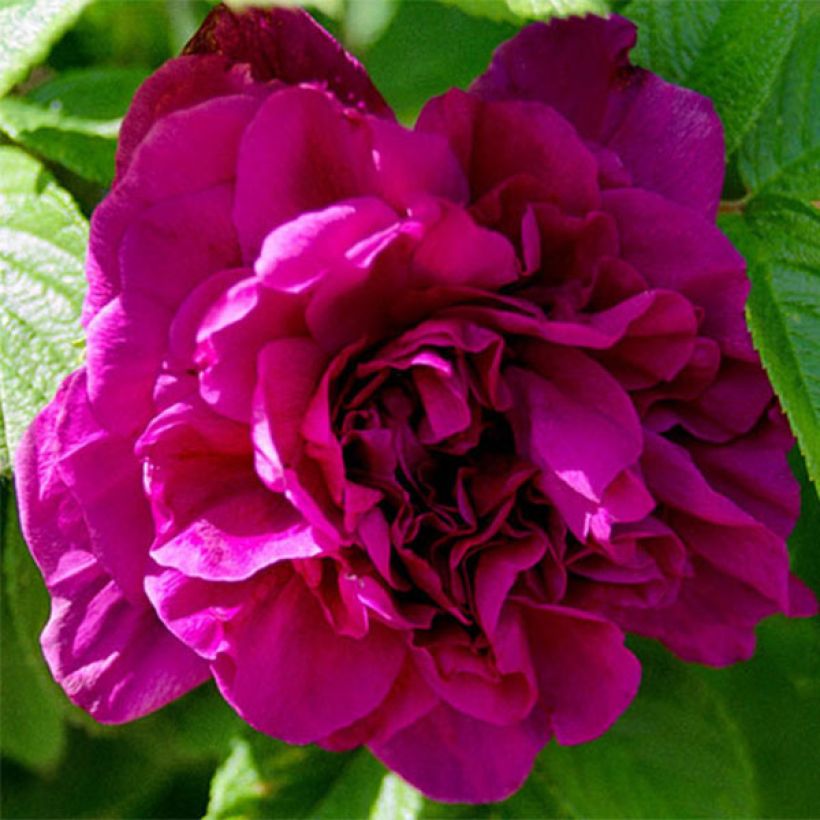

Plant habit
Flowering
Foliage
Botanical data
Rosa
x rugosa
Hansa
Rosaceae
Rugosa Rose, Japanese Rose, Ramanas Rose
Cultivar or hybrid
Planting and care
The 'Hansa' rose is a low-maintenance plant that grows well in all regions and is resistant to various diseases, cold, rain, and even saturated or dry soils. It can adapt to any soil, provided it has been planted correctly. Plant it in well-worked, well-amended, and well-drained ordinary soil for best results. The rose can grow well in sunny and partially shaded areas, making it an ideal choice for hot climates. Additionally, it is highly hardy and can tolerate extremely low temperatures, as low as -20 °C (- 4°F). This variety tends to sucker, which enhances its overall appearance.
Roses may develop unsightly spots at the end of summer, but this is a natural occurrence and doesn't harm the rose's growth.
Planting period
Intended location
Care
- , onOrder confirmed
Reply from on Promesse de fleurs
Haven't found what you were looking for?
Hardiness is the lowest winter temperature a plant can endure without suffering serious damage or even dying. However, hardiness is affected by location (a sheltered area, such as a patio), protection (winter cover) and soil type (hardiness is improved by well-drained soil).

Photo Sharing Terms & Conditions
In order to encourage gardeners to interact and share their experiences, Promesse de fleurs offers various media enabling content to be uploaded onto its Site - in particular via the ‘Photo sharing’ module.
The User agrees to refrain from:
- Posting any content that is illegal, prejudicial, insulting, racist, inciteful to hatred, revisionist, contrary to public decency, that infringes on privacy or on the privacy rights of third parties, in particular the publicity rights of persons and goods, intellectual property rights, or the right to privacy.
- Submitting content on behalf of a third party;
- Impersonate the identity of a third party and/or publish any personal information about a third party;
In general, the User undertakes to refrain from any unethical behaviour.
All Content (in particular text, comments, files, images, photos, videos, creative works, etc.), which may be subject to property or intellectual property rights, image or other private rights, shall remain the property of the User, subject to the limited rights granted by the terms of the licence granted by Promesse de fleurs as stated below. Users are at liberty to publish or not to publish such Content on the Site, notably via the ‘Photo Sharing’ facility, and accept that this Content shall be made public and freely accessible, notably on the Internet.
Users further acknowledge, undertake to have ,and guarantee that they hold all necessary rights and permissions to publish such material on the Site, in particular with regard to the legislation in force pertaining to any privacy, property, intellectual property, image, or contractual rights, or rights of any other nature. By publishing such Content on the Site, Users acknowledge accepting full liability as publishers of the Content within the meaning of the law, and grant Promesse de fleurs, free of charge, an inclusive, worldwide licence for the said Content for the entire duration of its publication, including all reproduction, representation, up/downloading, displaying, performing, transmission, and storage rights.
Users also grant permission for their name to be linked to the Content and accept that this link may not always be made available.
By engaging in posting material, Users consent to their Content becoming automatically accessible on the Internet, in particular on other sites and/or blogs and/or web pages of the Promesse de fleurs site, including in particular social pages and the Promesse de fleurs catalogue.
Users may secure the removal of entrusted content free of charge by issuing a simple request via our contact form.
The flowering period indicated on our website applies to countries and regions located in USDA zone 8 (France, the United Kingdom, Ireland, the Netherlands, etc.)
It will vary according to where you live:
- In zones 9 to 10 (Italy, Spain, Greece, etc.), flowering will occur about 2 to 4 weeks earlier.
- In zones 6 to 7 (Germany, Poland, Slovenia, and lower mountainous regions), flowering will be delayed by 2 to 3 weeks.
- In zone 5 (Central Europe, Scandinavia), blooming will be delayed by 3 to 5 weeks.
In temperate climates, pruning of spring-flowering shrubs (forsythia, spireas, etc.) should be done just after flowering.
Pruning of summer-flowering shrubs (Indian Lilac, Perovskia, etc.) can be done in winter or spring.
In cold regions as well as with frost-sensitive plants, avoid pruning too early when severe frosts may still occur.
The planting period indicated on our website applies to countries and regions located in USDA zone 8 (France, United Kingdom, Ireland, Netherlands).
It will vary according to where you live:
- In Mediterranean zones (Marseille, Madrid, Milan, etc.), autumn and winter are the best planting periods.
- In continental zones (Strasbourg, Munich, Vienna, etc.), delay planting by 2 to 3 weeks in spring and bring it forward by 2 to 4 weeks in autumn.
- In mountainous regions (the Alps, Pyrenees, Carpathians, etc.), it is best to plant in late spring (May-June) or late summer (August-September).
The harvesting period indicated on our website applies to countries and regions in USDA zone 8 (France, England, Ireland, the Netherlands).
In colder areas (Scandinavia, Poland, Austria...) fruit and vegetable harvests are likely to be delayed by 3-4 weeks.
In warmer areas (Italy, Spain, Greece, etc.), harvesting will probably take place earlier, depending on weather conditions.
The sowing periods indicated on our website apply to countries and regions within USDA Zone 8 (France, UK, Ireland, Netherlands).
In colder areas (Scandinavia, Poland, Austria...), delay any outdoor sowing by 3-4 weeks, or sow under glass.
In warmer climes (Italy, Spain, Greece, etc.), bring outdoor sowing forward by a few weeks.